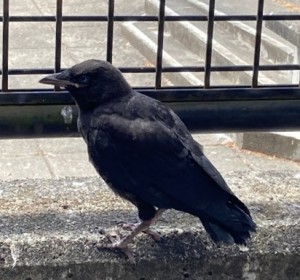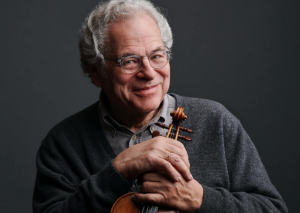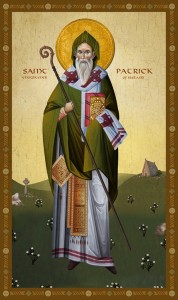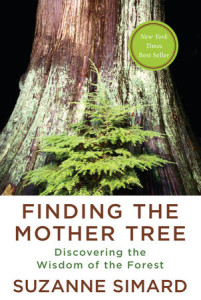“For just as the body is one and has many members, and all the members of the body, though many, are one body, so it is with Christ…Now you are the body of Christ and individually members of it.”
1 Corinthians 12:12, 26
Beloved of God,
IT’S TIME.
One year ago, after 18 months of pandemic “live stream only” isolation, we began worshipping “IN PERSON” again. The joy of worshipping together in shared physical space was palpable! It may have felt a bit risky at first, but data-driven health protocols implemented by our Safe Opening Task Force (SOTF) enabled us to gather safely over the past 12 months. Now it is time to take another step toward full in-person engagement.
Beginning September 18, masking for worship and educational activities will be optional. (Read more about this decision and details in the report from the SOTF on page2.) Why September 18? September 18th is Rally Sunday and the beginning of a new program year at Peace, a date our worship and education teams and church council have chosen to invite the people of Peace to re-connect, re-discover, re-engage, and re-join.
Rally Sunday will begin with cross-generational activities at 9:15am, followed by worship @ 10:30 and post-worship fellowship and mission fair @ 11:30. Our theme for the day is—WE ARE THE BODY OF CHRIST: Everyone has an important role. (Read more on page 3.) It will be a time for re-connecting with each other after long separation (and for some newer members, meeting others for the first time); a time for re-discovering our place within the vibrant community of Peace Lutheran; a time for re-engaging in the ministry opportunities that are present in our community; a time for re-joining the pattern of weekly education and worship as together we encounter God’s word and receive the Sacrament so we can be equipped for lives of service in God’s world.
Some of you will continue to wear masks in worship, and no one will discourage you from doing so or look at you askance if you do. I myself will continue to wear a mask at points in the service and while distributing Holy Communion. Others of you will be ready to participate in worship and Sunday School without a mask. Soon the SOTF will send out a survey out to help gauge how you and/or your household may be affected by the new protocol and we urge you to respond.
As we take this step toward fuller in-person engagement in our community’s life and mission once again, I look forward to seeing more of you, to introducing you to new faces and people, and to revitalizing the mission we share.
With you on the Way.
Pastor Erik









